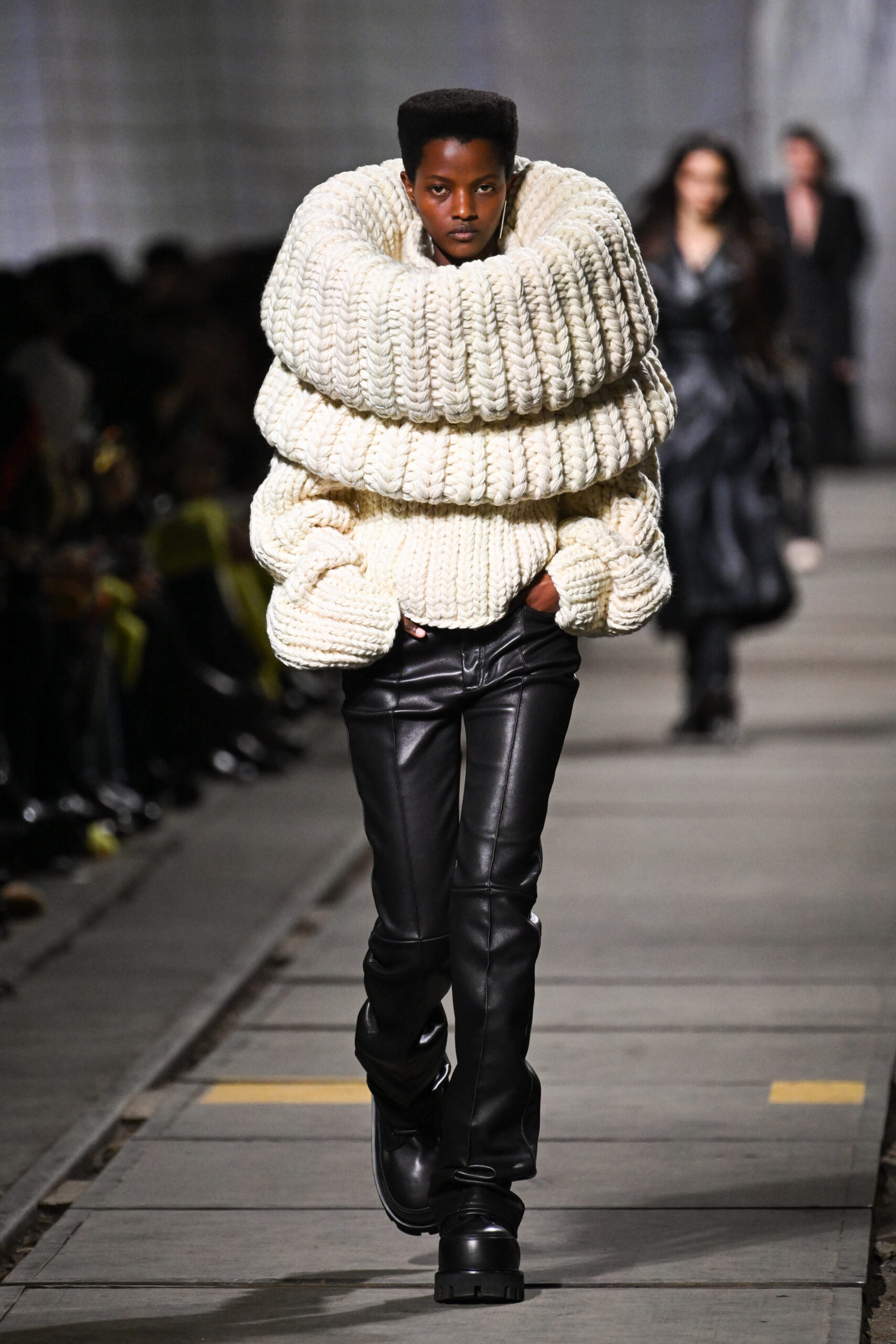
It can’t be easy stepping into a creative directorship whose predecessors were widely revered. Sarah Burton’s 13-year tenure (and 26 years with the company) was an exercise in modernised traditionalism with refined detailing. She was adored and her niche extended to make the label her own. Then, of course, there was founder Lee Alexander McQueen who remains one of the most venerated designers in history. His blend of art, sculpture and costumery saw him wow the world with over 17 years worth of avant garde sartorial theatrics – most now in museums for further historical poignancy.
So when JW Anderson alum Seán McGirr took over following Burton’s exit last year, it was always going to divide the die-hards. And his first collection, Fall/Winter ’24, presented in Paris on Sunday, did exactly that. If one was to go by the backlash on social media (which, of course, one would not), the reaction was bleak. Waving their Armadillo shoes around, this is a group difficult to please. But, as McGirr put it he was he not in the mindset of filling anyone’s shoes and was instead focused on “bring[ing] new energy” to the brand.
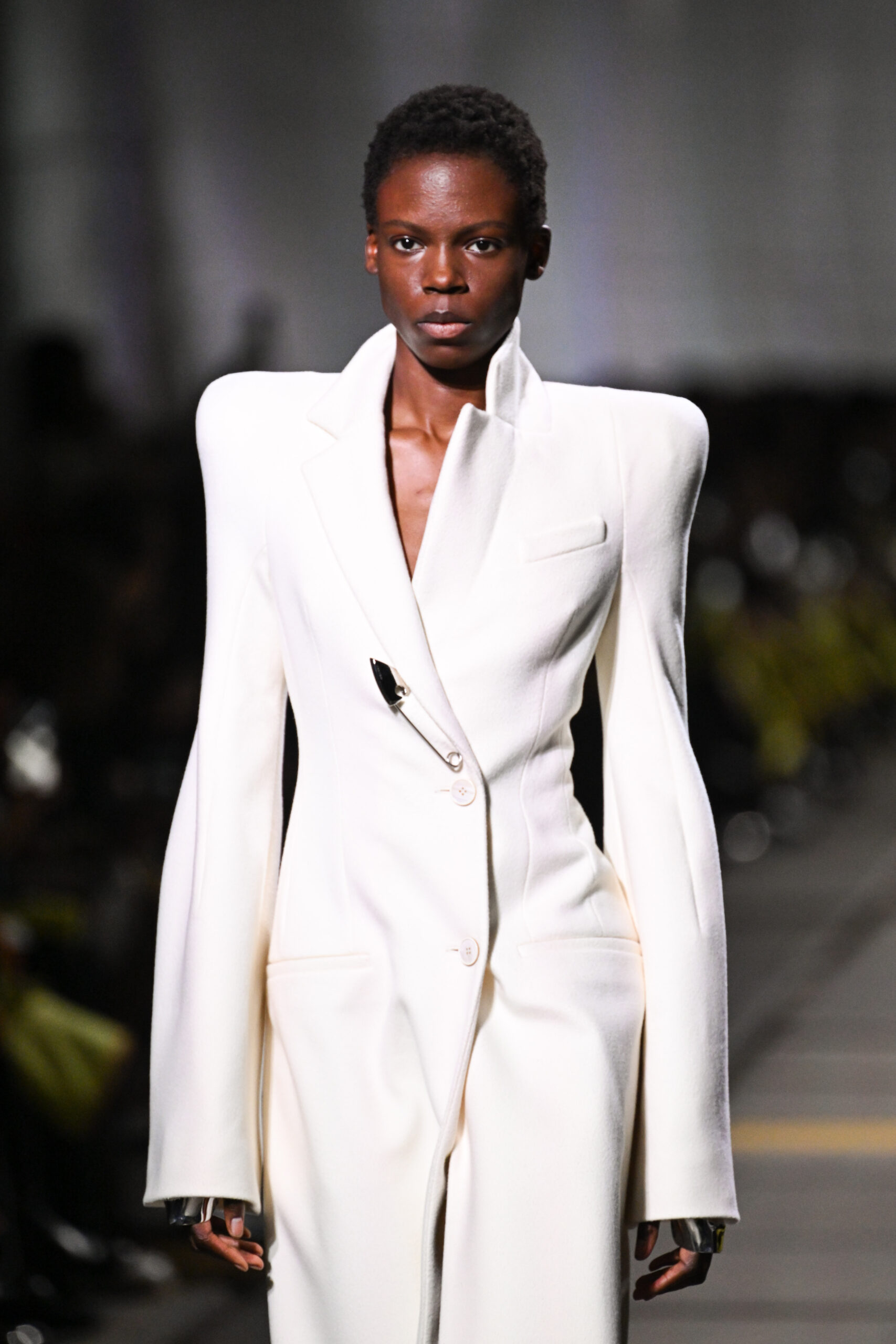
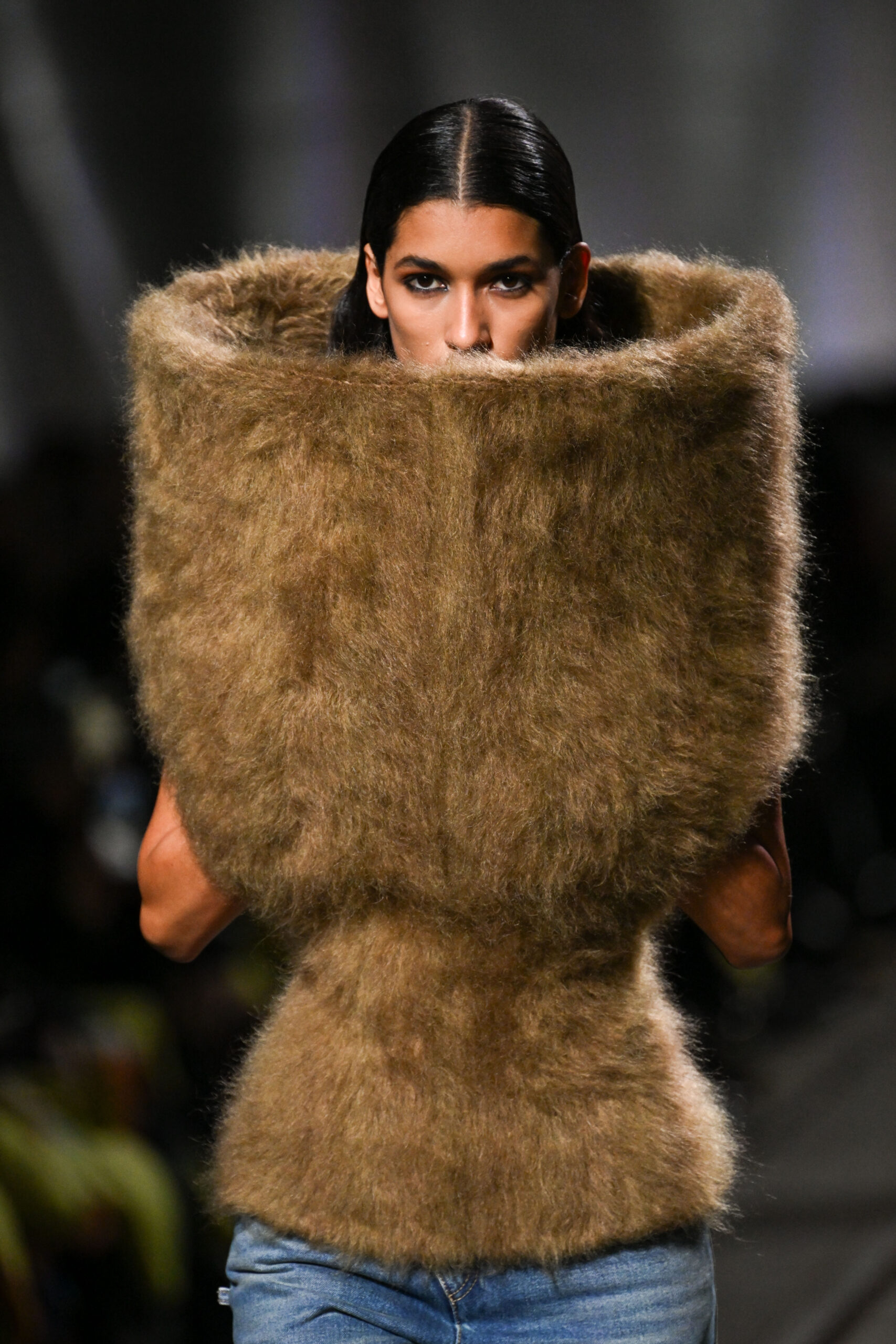
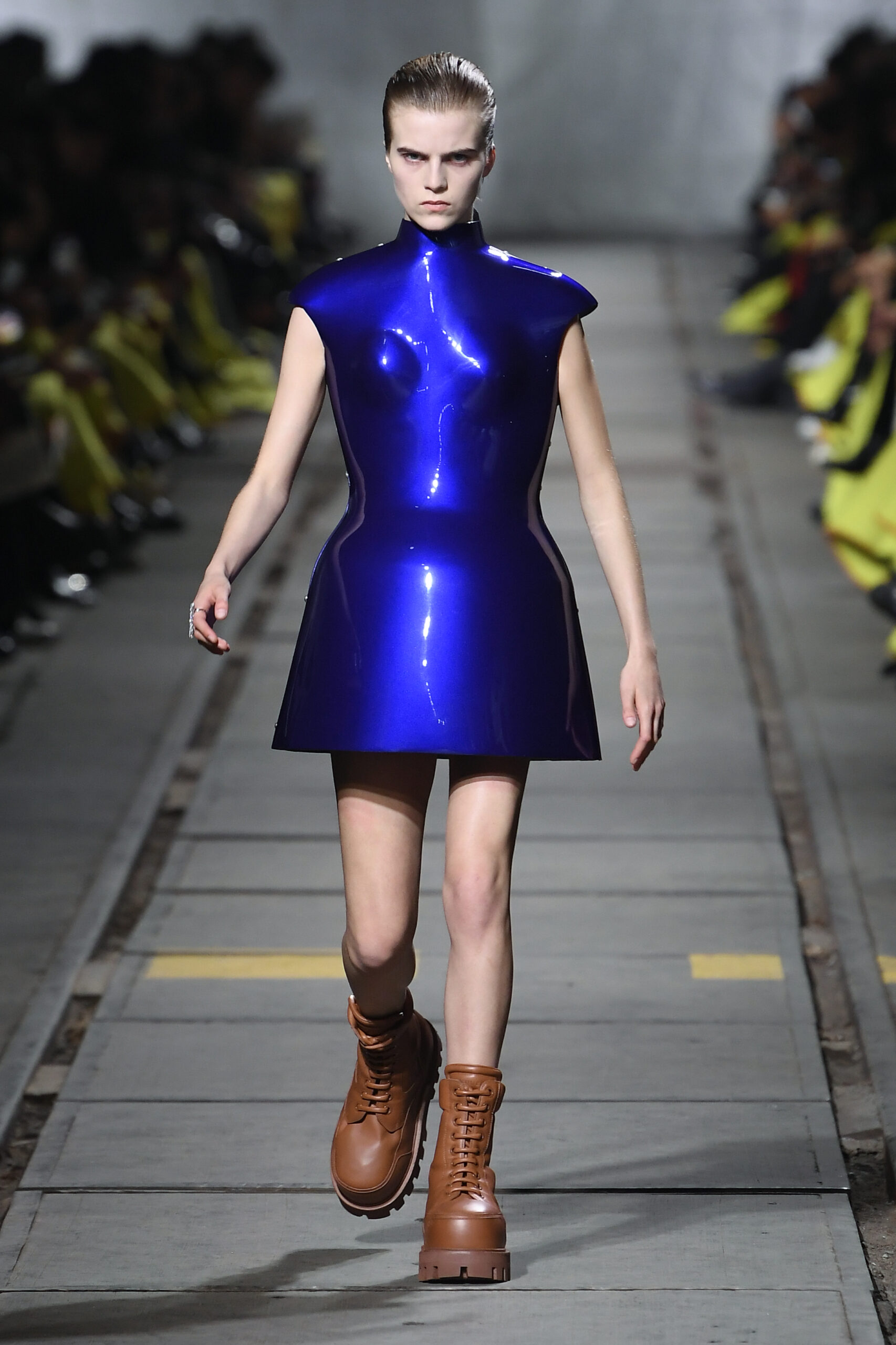
Energy indeed, this collection ignited a wave of interest be it good or bad. McGirr’s arc is certainly more pointed towards the McQueen part of the story, with appropriations of the late designer’s mid-90s London grunge narrative and more debaucherous eras to form an “Outsiders” theme. Inspired by the “rough glamour” you might see walking the streets of London, McGirr wanted to examine the individuality of looks beyond the regular. He did so with a conversion of exaggerated apparel (wacky macro-knit sweaters), turbulent leathers in a variety of 90s and 80s silhouettes (some that offered a ‘Billie Jean’ energy and some a shruggy David Lynch vibe) and non compis creations by way of repurposed pile carpet armour and a particularly hairy oversized bucket top.
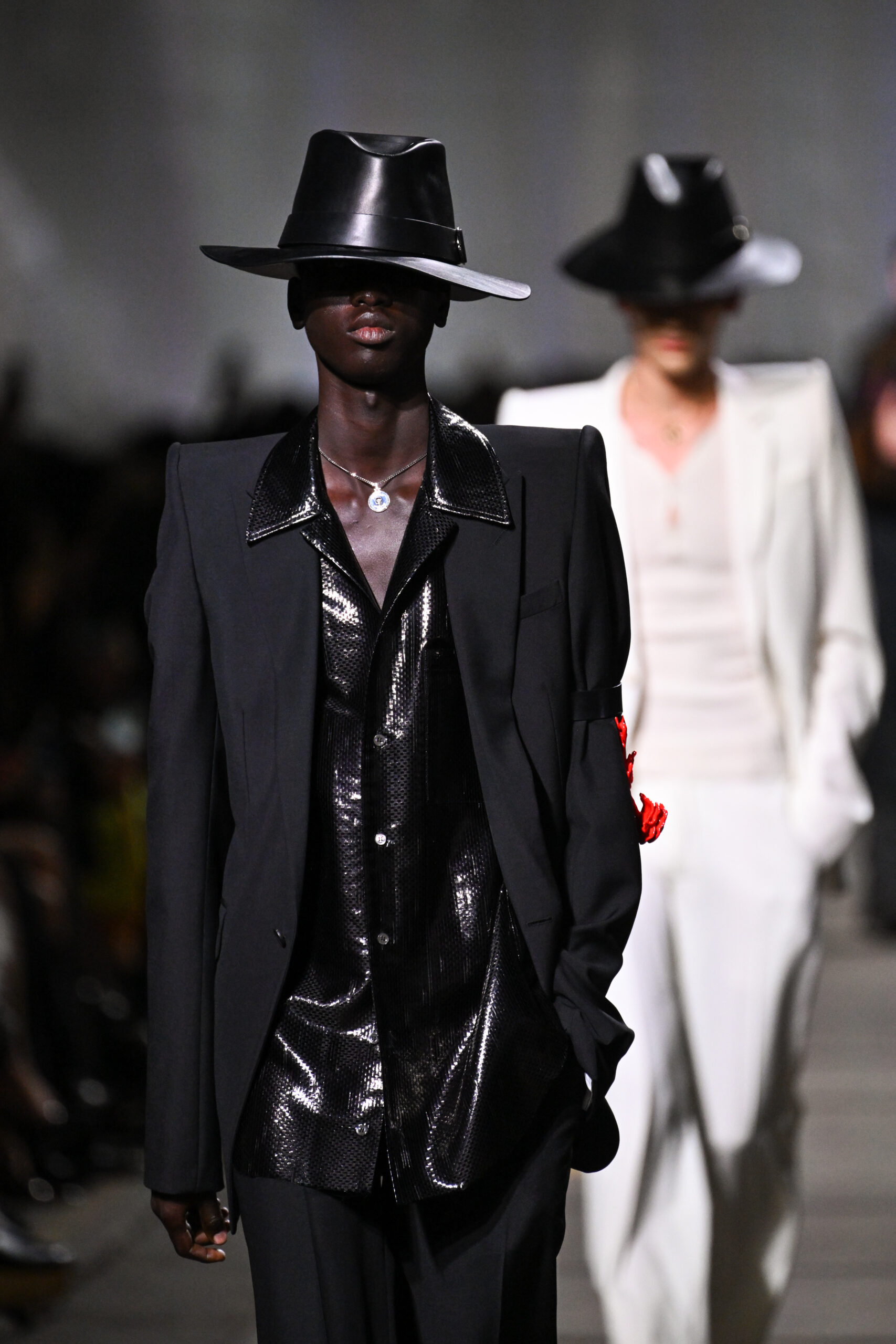
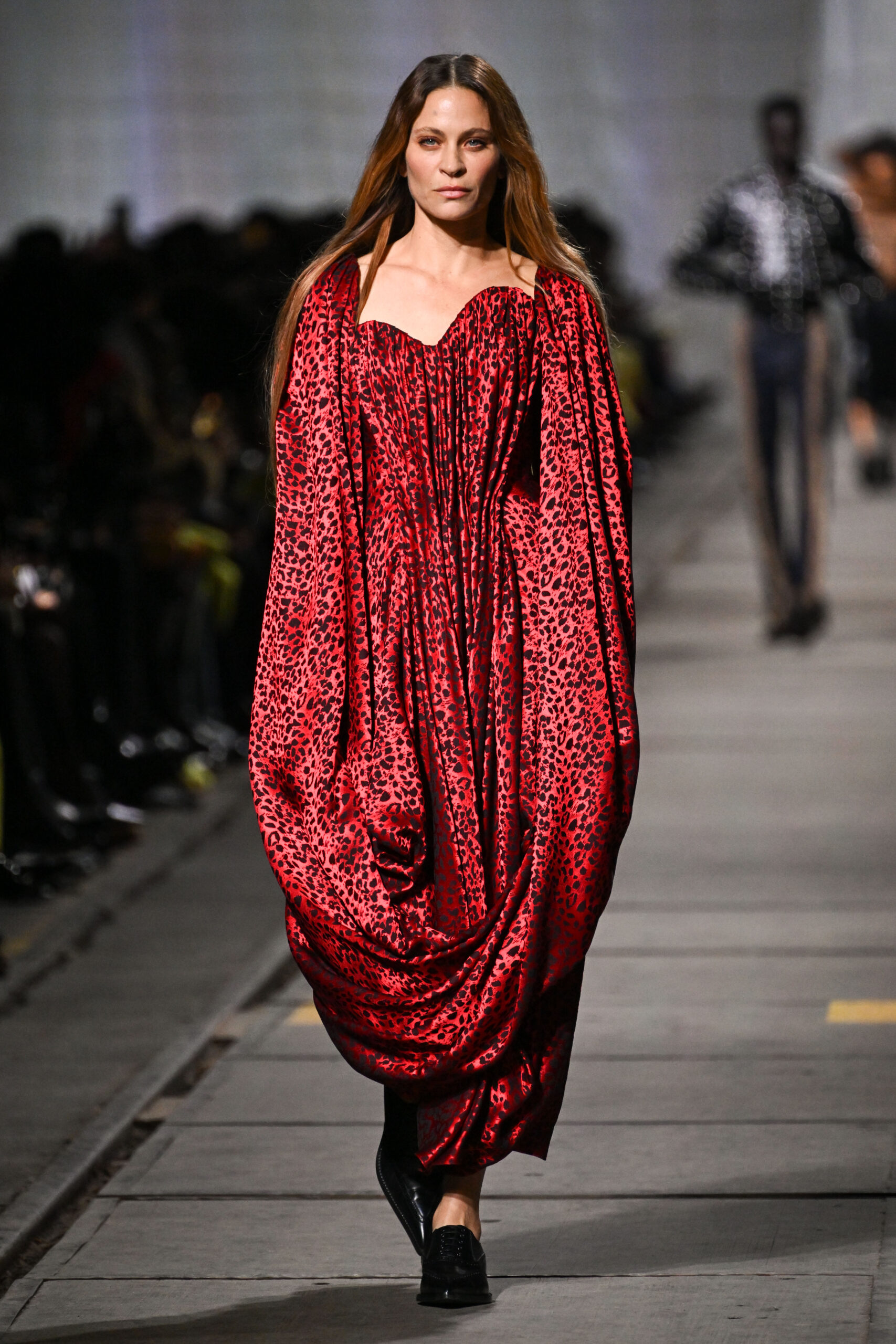

Perhaps it was difficult to determine the cohesive decision behind the collection, in that a lot of it seemed separate – unlike McQueen whose collections usually centred on solid stories. McGirr’s moulded steel dresses in iridescent ‘Aston Martin’ blue and neon ‘Lamborghini’ yellow (worn with big Doc Martins) drew a kind of Moschino facetiousness but were inspired by his mechanic father. While rugged gowns and disco suits adorned with pointy collars and furry cuffs had a Nick Cave energy they were inspired by the “rough glamour of the East End”. Impressively, the gargantuan cable knit sweaters and bulbous feathery coats were memorable – an inspired take on casualified couture. Overall, perhaps, character fidelity was missing. But maybe we were missing the point. Either way, it will be interesting to see what he does next.
It has been a season of backlash in the fashion world, McGirr not the only one to cause a stir. At Vivienne Westwood, Sam Smith in a tartan diaper holding a tree branch became an instant meme, while Balenciaga’s Demna Gvasalia did a 180° on his purported decision to “design quality clothes [without] making image or buzz” with a collection of, well, image and buzz. Once again irritating the masses he conversely remained inappropriately newsworthy. Perhaps this is what makes fashion fun, though, pressing the buttons of the industry, of consumers, and leaning out of the ordinary to leap into something fresh. Worth doing even if the leap turns into a stumble on occasion.

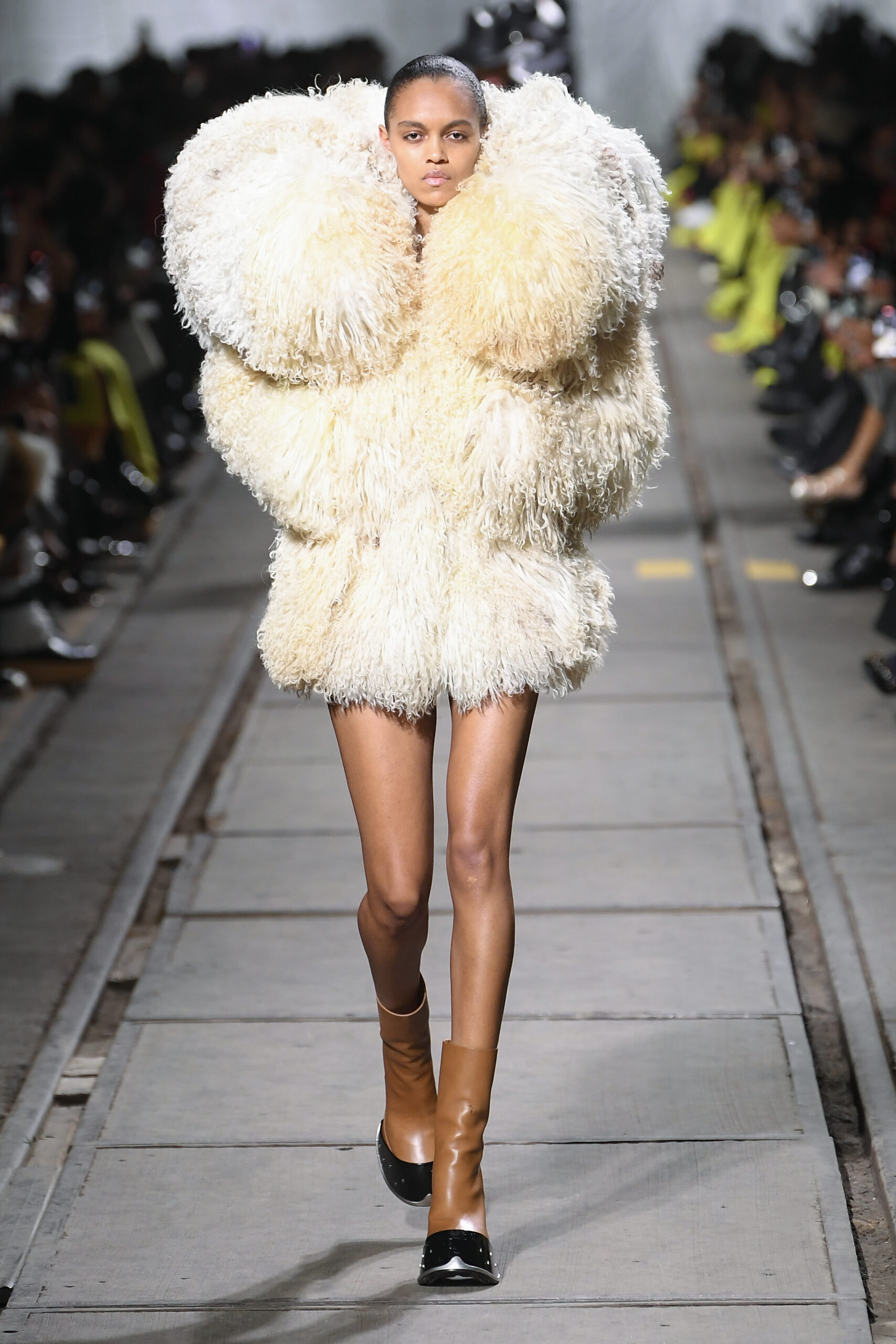
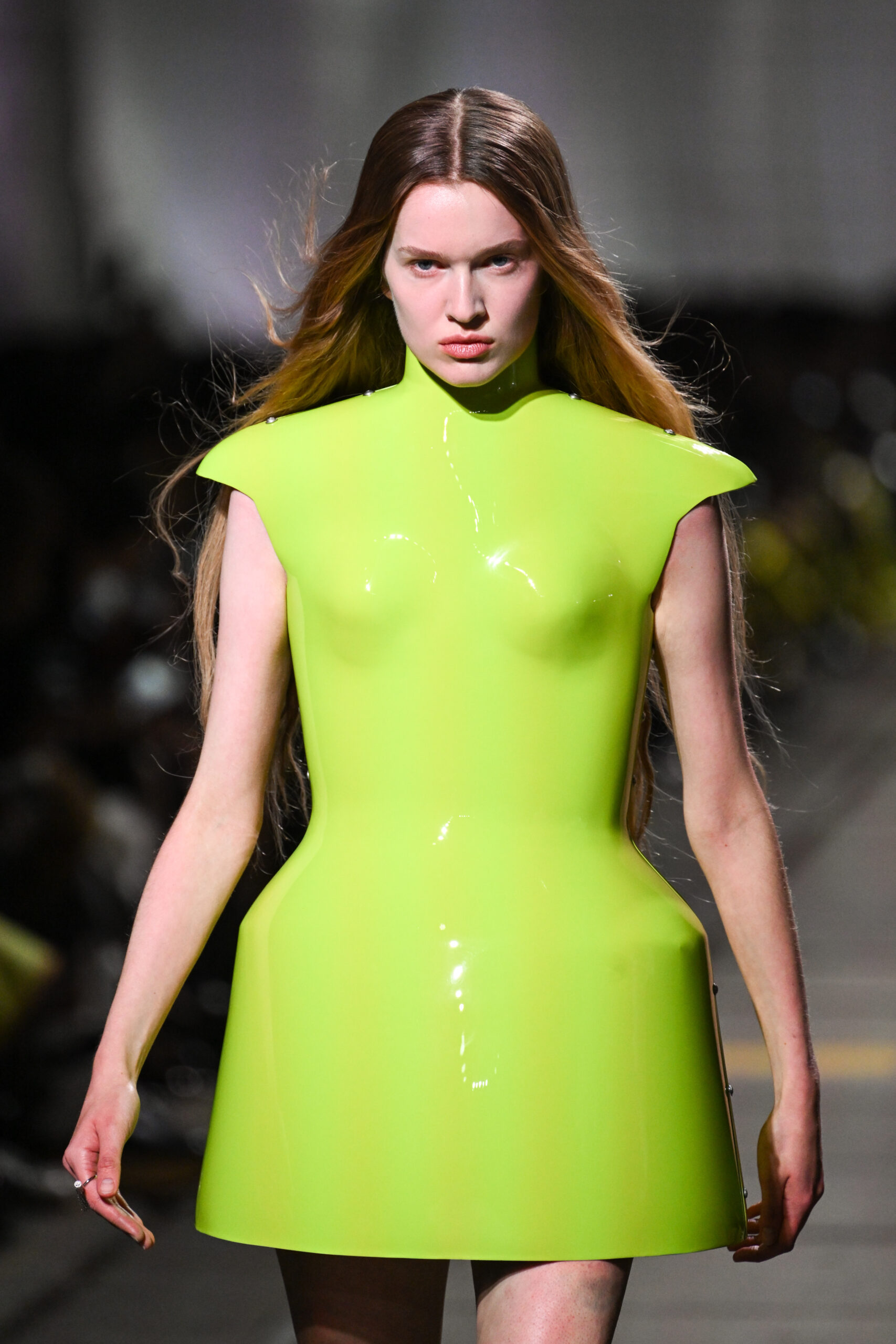
This story originally appeared in GRAZIA International.
